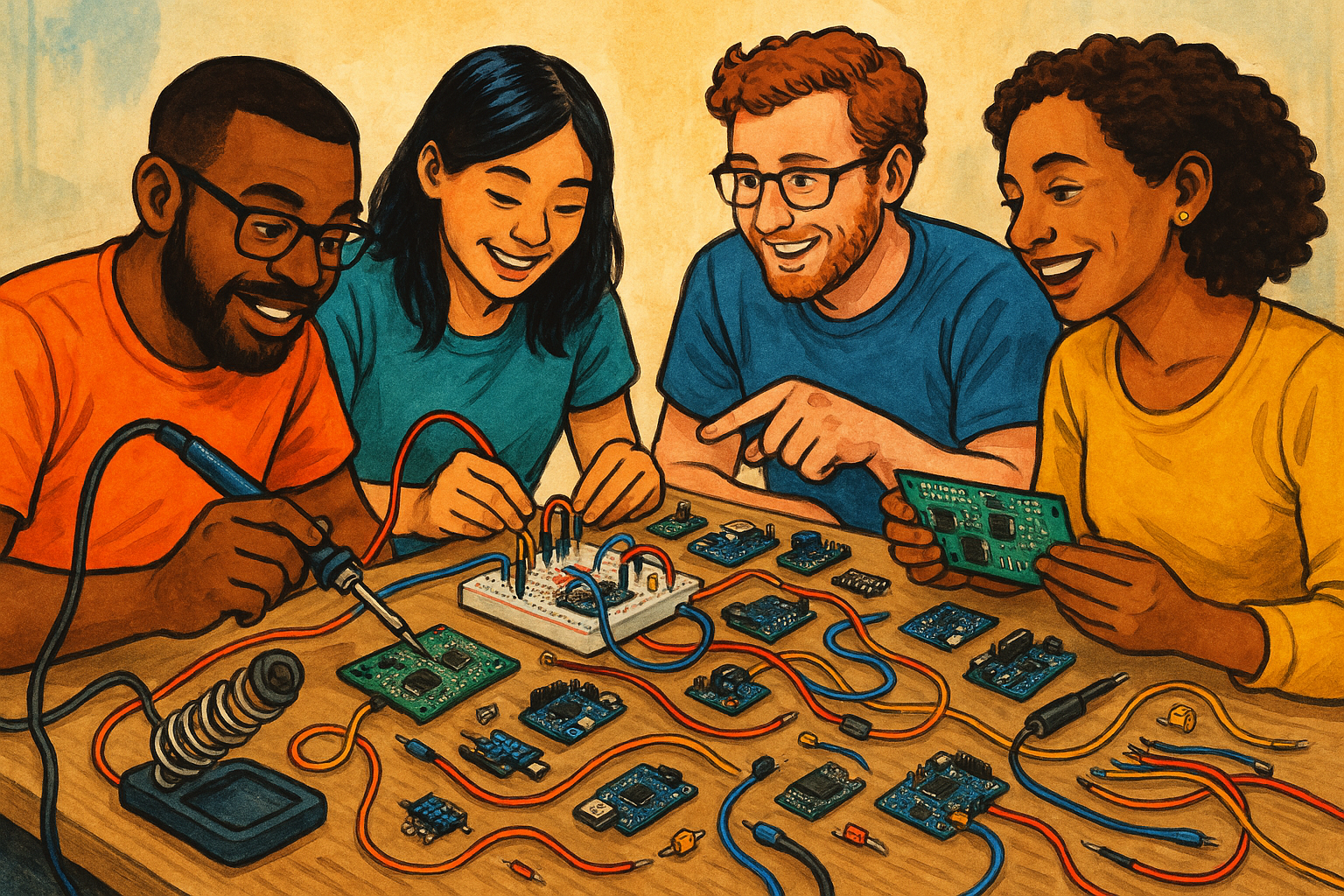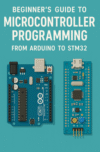Choosing the right embedded development board can make or break your project. Whether you’re building a home automation system, a robotics platform, or an IoT device, the board you select will define your performance ceiling, development complexity, and even the cost of production. This guide will walk you through the key factors to consider before making your decision.
1. Define Your Project Requirements Before browsing product catalogs, answer these questions:
- Purpose: What is your end goal? Prototyping, education, or a final product?
- Performance Needs: How fast does it need to process data?
- Connectivity: Does it require Wi-Fi, Bluetooth, Ethernet, CAN, or USB?
- I/O Requirements: How many sensors, motors, or displays will be connected?
- Power Source: Will it run on batteries, USB, or mains power?
Having these parameters upfront helps narrow the options dramatically.
2. Popular Categories of Boards
- Arduino-based boards: Great for beginners; strong community support.
- Raspberry Pi boards: Powerful, Linux-capable; ideal for projects needing heavy processing or multimedia.
- ESP32/ESP8266: Affordable, built-in Wi-Fi/Bluetooth; great for IoT.
- STM32/ARM Cortex-M boards: Professional-grade, low power, high performance.
- BeagleBone Black and similar: Strong for industrial or real-time Linux applications.
3. Consider the Ecosystem and Support A powerful board is useless without documentation and community help. Check:
- Official datasheets and manuals.
- Online forums and tutorials.
- Library availability for your chosen language.
If you’re new, a board with an active community will save you time and frustration.
4. Development Environment Compatibility Some boards work with Arduino IDE, others require vendor-specific tools like STM32CubeIDE or MPLAB X. Make sure you’re comfortable (or willing to learn) the required development environment.
5. Scalability and Cost If your prototype will eventually become a product, check:
- The availability of the microcontroller in bulk.
- Cost per unit at scale.
- Licensing and open-source hardware considerations.
6. Real-World Examples
- IoT Weather Station: ESP32 for built-in Wi-Fi, low power, and affordable cost.
- Autonomous Robot: STM32 Nucleo for precise motor control and multiple sensor inputs.
- Smart Home Hub: Raspberry Pi for Linux compatibility, user interface, and integration with home automation software.
Final Thoughts The perfect development board balances performance, ease of use, cost, and future scalability. By clearly defining your project requirements and researching available options, you’ll ensure your board choice accelerates, rather than hinders, your embedded journey.



